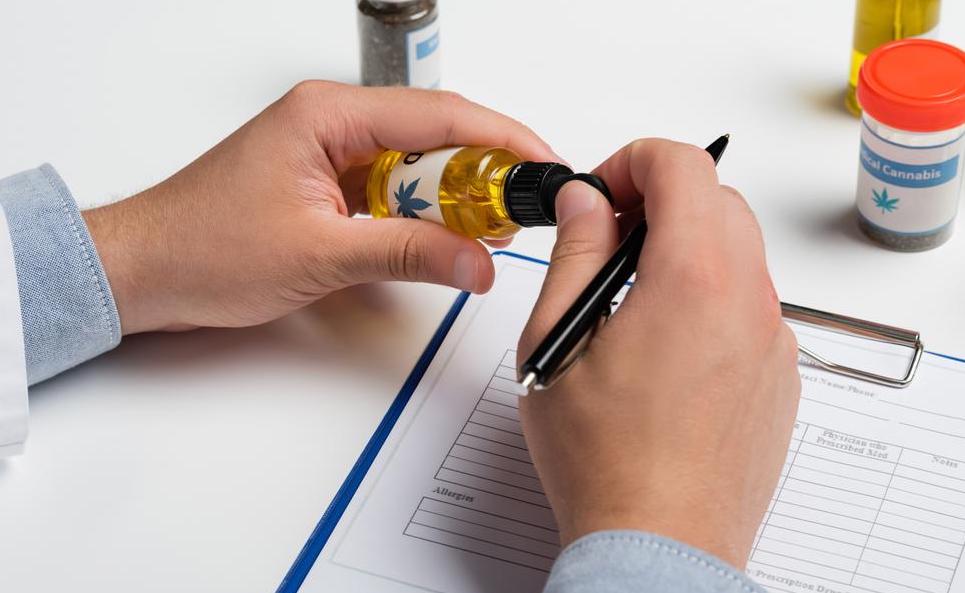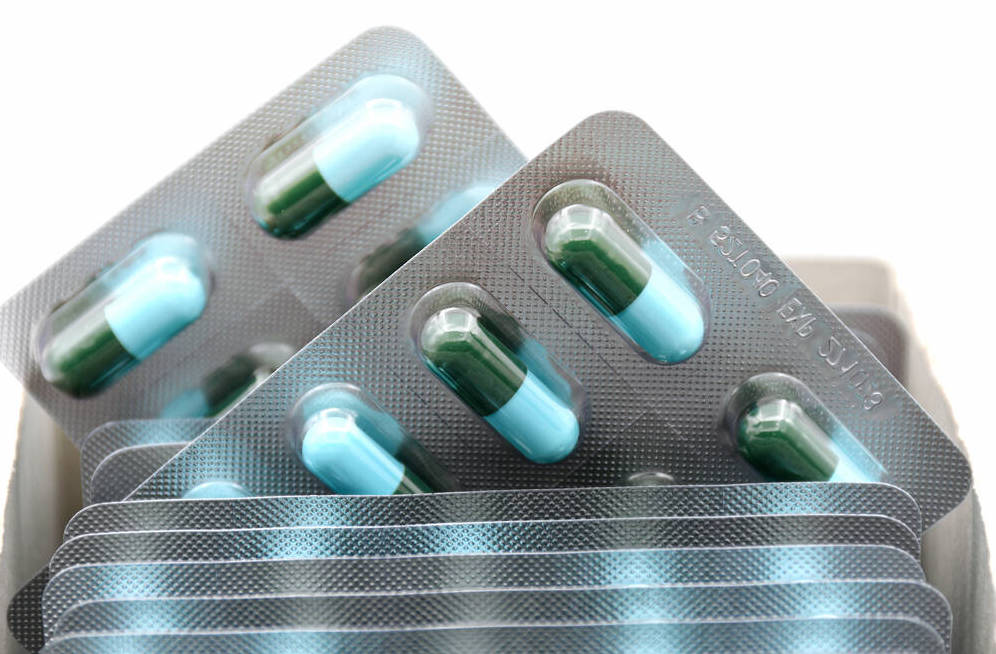16 total views
The combination of modafinil and cannabis, a widely used psychoactive substance, is a huge area of study. Their effects may seem opposite, research suggests a unique interaction that can bring both benefits and risks. Understanding how modafinil and cannabis interact provides valuable insights into their combined effects.
Modafinil and Cannabis Studies
Scientific interest in the combined use of Modafinil and cannabis (weed) has grown significantly over the past decade. Modafinil, a eugeroic medication, is primarily prescribed for conditions like narcolepsy and shift work sleep disorder. Cannabis, widely used for both recreational and medicinal purposes, contains active compounds like THC (tetrahydrocannabinol) and CBD (cannabidiol) that influence the endocannabinoid system. Research highlights potential interactions between the stimulant properties of Modafinil and the psychotropic effects of cannabis, emphasizing their impact on cognition, mood, and therapeutic applications.
Studies show that Modafinil mechanisms, which include enhancing dopamine and norepinephrine levels, may complement cannabis anxiolytic and analgesic effects. However, findings remain mixed due to individual variability, dose differences, and the interplay of both substances’ pharmacodynamics.
Benefits of Combining Modafinil and Cannabis
Combining Modafinil and cannabis may offer unique synergistic benefits, especially for individuals managing chronic conditions or seeking improved mental performance. Key potential benefits include:
- Enhanced Focus and Relaxation: Modafinil stimulating properties can counteract cannabis-induced lethargy, creating a balance between heightened alertness and relaxation.
- Pain and Fatigue Management: For those with chronic pain or fatigue related disorders, the duo can provide simultaneous energy and symptom relief.
- Mood Regulation: The anxiolytic effects of CBD in cannabis may help offset potential anxiety or jitteriness associated with Modafinil use.
- Creative Flow: Anecdotal evidence suggests this combination may promote creativity by enhancing cognitive flexibility while reducing stress.
Safety and Risks of Use
While there are potential benefits, combining Modafinil and cannabis comes with risks that must be considered:
- Cognitive Overload: The contrasting effects on the central nervous system could lead to overstimulation or impaired judgment in some users.
- Cardiovascular Strain: Modafinil stimulant properties may exacerbate the cardiovascular effects of cannabis, such as increased heart rate or blood pressure.
- Dependency Concerns: Regular combined use might heighten the risk of psychological dependency on cannabis or overreliance on Modafinil for productivity.
- Drug Interactions: Both substances affect liver enzymes involved in drug metabolism, potentially altering the efficacy and safety of other medications.
Effects on Cognitive Functions
The impact of Modafinil and cannabis on cognitive functions varies depending on dosages and individual responses:
- Memory: Modafinil is known to enhance working memory and executive functions, whereas cannabis, particularly THC, may impair short term memory. Combining them may yield neutral or slightly positive outcomes depending on the THC to CBD ratio.
- Attention and Focus: Modafinil ability to improve focus might counterbalance cannabis-induced distractibility.
- Decision Making: High doses of cannabis might impair judgment, but Modafinil could mitigate this effect to some extent, maintaining logical reasoning.
Mood Regulation
One of the most intriguing aspects of combining these substances is their impact on mood:
- Modafinil boosts mood through increased dopamine activity, reducing fatigue and promoting a sense of well being.
- Cannabis, depending on strain and dosage, may induce relaxation or euphoria. Strains with higher CBD content can alleviate anxiety, while THC dominant strains may have mood-elevating properties.
When used together, they may enhance mood stabilization, although caution is necessary to avoid overstimulation or mood swings.
Medical Uses and Therapeutic Potential
The combination of Modafinil and cannabis holds promise in several therapeutic areas:
- Chronic Pain Management: Cannabis analgesic properties, combined with Modafinil energy boosting effects, could benefit patients with debilitating pain and fatigue.
- ADHD: Modafinil focus enhancing properties might complement cannabis strains with calming effects, offering a novel approach to managing symptoms.
- Mental Health Disorders: This combination may support individuals with depression or PTSD by addressing cognitive fatigue and emotional distress.
- Neurodegenerative Diseases: Preliminary research suggests potential benefits for conditions like Parkinson disease, where both substances may improve energy levels and symptom management.
Guidelines for Use
If considering the combined use of Modafinil and cannabis, it is crucial to follow these guidelines:
- Consult a Healthcare Professional: Always seek medical advice before combining substances, especially if taking other medications or managing chronic conditions.
- Start with Low Doses: Begin with minimal amounts of both substances to gauge individual tolerance and effects.
- Monitor Timing: Using Modafinil in the morning and cannabis in the evening may help minimize potential conflicts between their effects.
- Avoid Regular Use: Limit combined use to occasional situations to reduce dependency risks and adverse effects.
Research and Future Directions
Ongoing studies aim to clarify the pharmacological interactions and long term effects of combining Modafinil and cannabis. Areas of focus include:
- Dose Optimization: Identifying the ideal ratios for therapeutic benefits.
- Personalized Medicine: Understanding genetic and metabolic factors influencing individual responses.
- Cognitive Enhancement: Exploring the potential for this combination to support learning, memory, and productivity.
- Addiction Treatments: Investigating their role in managing withdrawal symptoms or reducing dependence on other substances.
Customized Approaches to Combination Therapy
Given the variability in responses to Modafinil and cannabis, a tailored approach is essential. Factors to consider include:
- Individual Goals: Whether the priority is productivity, pain relief, or mood enhancement.
- Health Status: Pre existing medical conditions that could influence safety and efficacy.
- Cannabis Strain Selection: Choosing strains with appropriate THC to CBD ratios to complement Modafinil effects.
Conclusion
The combination of Modafinil and cannabis presents intriguing possibilities for enhancing cognitive function, mood, and therapeutic outcomes. However, careful consideration of safety, individual needs, and professional guidance is crucial to maximize benefits while minimizing risks. As research progresses, this synergy may unlock new opportunities in personalized medicine and holistic health management.
‼️ Disclaimer: The information provided in this article about modafinil is intended for informational purposes only and is not a substitute for professional medical consultation or recommendations. The author of the article are not responsible for any errors, omissions, or actions based on the information provided.
References:
- The safety of modafinil in combination with oral ∆9-tetrahydrocannabinol in humans DE Sugarman, J Poling, M Sofuoglu. Pharmacology, biochemistry, and behavior, 2011.
- Effect of AEF0117 on Subjective Effects of Cannabis in CUD Subjects. https://clinicaltrials.gov/show/NCT03717272, 2018.
- Effectiveness Study of Dronabinol and BRENDA for the Treatment of Cannabis Withdrawal. https://clinicaltrials.gov/show/NCT00480441, 2007.
- A Study Investigating the Bioavailability of CBD and THC in an Emulsion Product in a Healthy Population. https://clinicaltrials.gov/show/NCT04601207, 2020.
- THC + CBD and Memory Study. https://clinicaltrials.gov/show/NCT04855526, 2021.
- Safety and Effects on Responses to Stress and Pain of Natural Medical Marijuana Products. https://clinicaltrials.gov/ct2/show/NCT04226690, 2020.
- Modafinil for cognitive neuroenhancement in healthy non-sleep-deprived subjects: a systematic review is published in European Neuropsychopharmacology. 2016.


